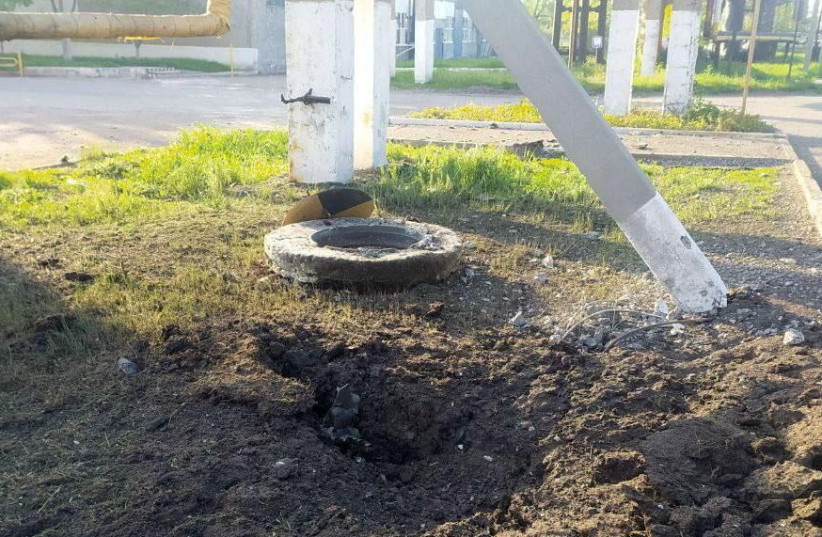Pro-Russian forces are looking warily at the Avdiivka Coke Plant in the city of Avdiivka, which could possibly be another holdout for Ukrainian resistance fighters against Russian troops in the Donetsk Oblast, Akhra Avidzba, commander of a volunteer battalion in the pro-Russian separatist-controlled breakaway the Donetsk People's Republic (DPR), RIA reported Friday.
<br>Where is Avdiivka?
Avdiivka is a city in the Donetsk Oblast with a population of around 31,000, according to official sources, and is just around 6 kilometers northwest of the city of Donetsk.
Due to its presence in the Donbas region, the city has been the site of several clashes between Ukrainian and Russian forces since the Russo-Ukrainian conflict began in 2014.
In particular, it was notably the site of significant clashes in 2017 in what was at the time the most severe escalation in the conflict since 2015.
However, despite being within the territory claimed by the DPR, Ukraine has managed to keep control of the city up until now.

Like many large cities throughout eastern Ukraine, Avdiivka has been the site of ongoing clashes against Russian forces. In fact, some reports have even alleged that fighting in Avdiivka began on February 20, four days before Russia's invasion started, though Russia denies this.
Since the invasion began, however, the city has been struck by Russian forces numerous times, including allegedly resulting in the death of an Azov Battalion commander.
In recent weeks, however, the fighting in the city has considerably escalated, especially following Russia's renewed focus on eastern Ukraine. These clashes have seen thousands of residents being forced to flee underground and repeated reports of Russian forces utilizing thermobaric weaponry improperly and white phosphorus as a weapon.
<br>What is the Avdiivka Coke Plant?
Built by the Soviet Union in 1963, the Avdiivka Coke and Chemical Plant (often abbreviated as AKHZ) is used to produce a number of chemicals and compounds, most notably coke (the fuel, not the soda) as well as benzine and coal-related fuel.
The plant is massive, in fact, it is one of the largest coke plants in Europe, and is also a key manufacturer of coke used by Ukraine's steel mills.
The Avdiivka Coke Plant dominates the city and is one of its most recognizable and identifiable features, and it has been the subject of Russian attacks over the past few years. During the ongoing conflict, Russia has accused Ukrainian forces of sabotaging the plant. Later, in early May, a Russian attack on the plant reportedly killed 10 people and injured 15 others.
<br>Why is Russia afraid of it?
As Russian forces continue their efforts to seize control of the Donbas, Avdiivka is an important target. However, they fear that Ukrainian resistance could hold out inside the Avdiivka Coke Plant for a while, similar to what happened at the Azovstal steel mill in Mariupol.
The city of Mariupol saw some of the fiercest fighting in the entire war, with resistance led by the Azov Battalion holding out in the plant for a considerable length of time. Rooting them out was a lengthy and costly endeavor for Russian forces, and one they are likely keen to avoid a repeat of.
<br>Does Russia have a plan to deal with it?
According to Avidzba, the answer is yes.
While admitting to RIA that Ukrainian forces could hold out inside the plant should they refuse to surrender, Avidzba said that they have a solution: Filling the place with concrete to literally wall them in.
He explained to RIA: "If they don't leave, they will stay there."
